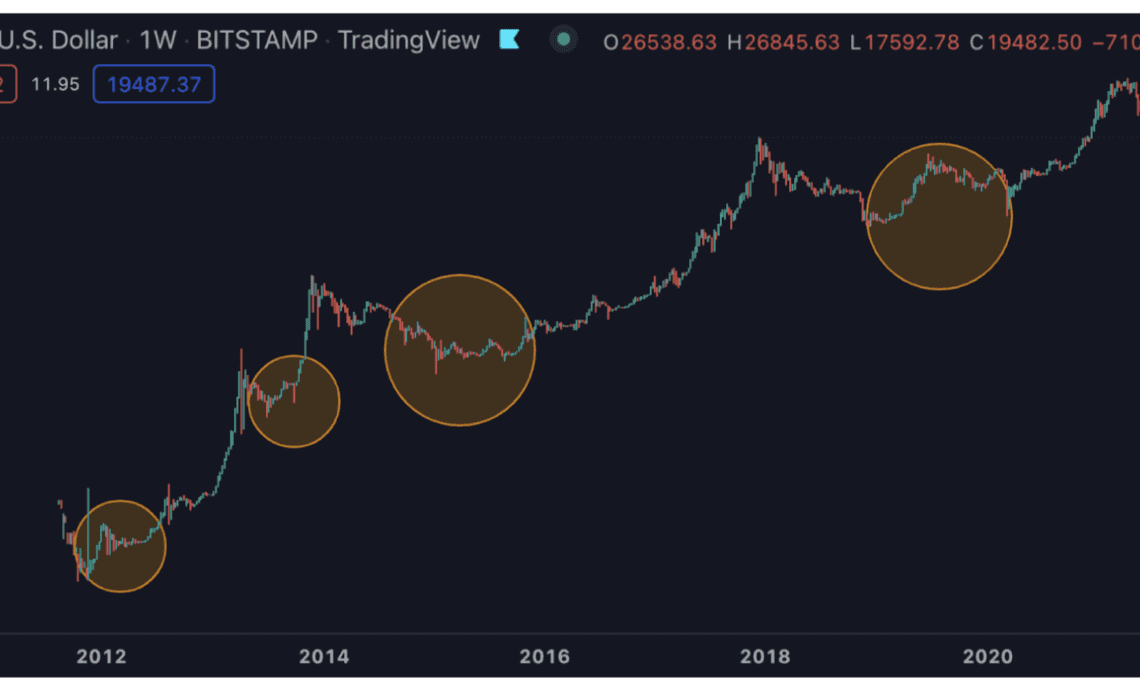There is good reason to be afraid. Previous down markets have seen declines in excess of 80%. While tightfisted hodling might hold wisdom among many Bitcoin (BTC) maximalists, speculators in altcoins know that diamond handing can mean near (or total) annihilation.
Regardless of one’s investment philosophy, in risk-off environments, participation flees the space with haste. The purest among us might see a silver lining as the devastation clears the forest floor of weeds, leaving room for the strongest projects to flourish. Though, doubtlessly, there are many saplings lost who would grow to great heights themselves if they had a chance.
Investment and interest in the digital asset space are water and sunlight to the fertile ground of ideas and entrepreneurship. Less severe declines better serve the market; better a garden than a desert.
A brief history of crypto bear markets
In order to solve a problem, we must first understand its catalyst. Bitcoin and the wider digital asset space have survived a number of bear markets since its inception. By some accounts, depending on one’s definition, we are currently in number five.
The first half of 2012 was fraught with regulatory uncertainty culminating in the closure of TradeHill, the second-largest Bitcoin exchange. This was followed by the hacks of both Bitcoinica and Linode, resulting in tens of thousands of Bitcoin lost and dropping the market by some 40%.¹ But, the price rebounded, albeit briefly, finding new heights above $16 until further hacks, regulatory fears and defaults from the Bitcoin Savings and Trust Ponzi Scheme collapsed the price yet again, down 37%.¹
The enthusiasm for the new digital currency did not stay long suppressed, as BTC rose again to find equilibrium at around $120 for the better part of the next year before rocketing to over $1,100 in the last quarter of 2013. And, just as dramatically, the seizure of the Silk Road by the DEA, China’s Central Bank ban and the scandal around the Mt. Gox closure sank the market into a viciously protracted retracement of 415 days. This phase lasted until early 2015, and the price withered to a mere 17% of the previous market highs.¹
From there, growth was steady until the middle of 2017, when enthusiasm and market mania launched Bitcoin price into the stratos, peaking in December at nearly $20,000. Eager profit-taking, further hacks and rumors of countries banning the asset, again, crashed the…
Click Here to Read the Full Original Article at Cointelegraph.com News…
























